Rachel recently wrote an article for RMF on the subject of Ofsted which was so well received. With parenting content now finding a home over on RMS on Mondays and Wednesdays, Rachel is back with us again today on the topic of learning at home.
If your child has started school this year, you may feel like you’re drowning in a sea of homework and new terminology… phonics and number bonds and split digraphs… what the good god are those anyway?? Likewise if you are the proud owner of a pre-schooler or two, you may be wondering what to do to help get them ready for school.
Your child’s school or nursery may offer workshops or written advice on how to help with learning at home but if not, here are a few tips and ideas for making learning at home fun and making homework feel less like work! Many of these ideas are very generic and can be adapted to be used for children of different ages and at different stages of development.
Forming Letters And Writing
To say my oldest son George was a reluctant writer would be an under-statement! I once asked him to write his name in a card for his Nana just before he started school; he wrote the letter ‘G’, threw down his felt tip, put his head in his hands and declared that he was far too tired to possibly write any more! I have had to find a series of creative ways to trick him into it; Many of these techniques are still going strong as we tackle the dreaded weekly spelling list.
Any kind of mark making counts! Sitting down and writing on paper is great but for some children that is just not going to hook them in! It doesn’t matter what means you find to get them to engage- what you are looking for is your child recognising the shapes of letters and trying to replicate and form them.
Write on different surfaces- felt tips work brilliantly on windows and make it something novel and different; they wipe off really easily with baby wipes (how did you survive without them before having kids??) We have spent rainy days drawing pictures on our big patio doors or practicing letters, numbers or names. On a similar vein, take chalk outside and get creative on your driveway or pavement! Challenge them to write letters as big or as small as they can or to draw wiggly lines or different shapes. Ours love to draw out a pitch before they play football outside and always write their names on a ‘scoreboard’ at the side. Give them a pot of water and paintbrushes and let them ‘paint’ letters or words on the garden fence or pavement.
Try pouring cheap table salt into a baking tray (plastic cat litter trays that you can buy at the supermarket are even better as they are deeper and therefore less messy) and get children to scrape letters or words into the salt. Flour or coloured sand also work if you want to mix it up! Cornflour mixed with water creates a strange gloopy mixture that will hold scratch marks for practicing forming those all important first letters or words. You can also make little flat pouches that children can scrape shapes and letters into by putting paint into a freezer bag, squishing it flat and sealing the top. Children can then draw or scrape shapes into the paint through the bag- cotton buds work well so it doesn’t pierce it.
My big two love play-dough or plasticine (the baby one loves it too but mainly as a snack!) They can make the letters by rolling long thin sausage shapes and twisting them round; a quick search of the internet will find mats with letter templates on that you can download. The kids then cover the letters with the dough. Once your child recognises letters, magnetic letters, letter stamps and shape cutters in modelling materials are great to get them to start forming words.
Another fun way to get those creative scribbles flowing is to run a roll of paper out on the floor and let them lay and scribble, write and draw. You can buy proper drawing paper on a roll but I find the most hard wearing and cheapest option is wall lining paper from a DIY store.
It really doesn’t matter what they draw or write to begin with- the important thing is that they are practicing holding a pen or pencil and beginning to make marks, and hopefully having lots of fun along the way. .
Early Maths
For pre-school and ‘just at school’ children, maths should be practical and concrete. Counting is a great place to start as well as recognising and forming numbers to 10 and then beyond. Also opportunities to sort items (by colour for example) and recognising shapes are key skills to develop.
Getting children to count frequently and in lots of different contexts will set solid foundations for maths. Counting out loud while doing everyday things is a great starting point- climbing the stairs for example. Set challenges- what number can you count to while you are putting your shoes on? Remember to count backwards as well as forwards; start counting to and back from 10 then move to 20. Once they are confident doing this, try starting at different numbers (counting on from 7 instead of 1 for example) and begin counting in different multiples. Children should know the 2, 5 and 10 times tables confidently by the end of Y2 but learning to count in those multiples can come quite early to some children who are good at spotting patterns. Playing hide and seek but counting to 100 in tens or 20 in 2’s is a good way to start.
Once children can count, move onto recognising numbers so they understand how each number is represented. Quick wins are things like TV remotes and phone and tablet keypad locks (my children quickly learnt the 3 numbers needed to magically turn the TV to CBeebies!) Go on a number hunt- which numbers can you find around your house or on a walk? This can also be a great thing to do with shapes. Write numbers in each section on the inside of an egg box and and then write matching numbers on ping pong balls or bottle tops and get children to match them; write numbers along the edge of a piece of card or paper and do the same on clothes pegs and get them to peg the matching ones together. Jigsaws and flash cards can help too.
Once they recognise numbers to 10, you are looking for the connection between the numeral and a quantity. Try writing numbers in the base of bun cases and then getting children to put that quantity of an object into the case (it could be craft Pom poms, dried pasta,lego bricks, buttons etc.) Write numbers on cards and make rows of cars or trains to match each number. Write numbers on empty bottles or jars or plant pots and get them to fill them up with a number of items to match the numeral. Get children to make numbers from play dough and then cut out a matching number of shapes or squishy models. Put numbers on lolly sticks and get them to add that numbers worth of hair bobbles or loom bands round each one. Make ladybirds, butterflies or dinosaurs together, write a number on each one then add that number of spots or scales or shapes to the picture. A quick trawl if Pinterest will throw up loads of alternatives!
Try to find ways to link the counting skills they now have and their ability to recognise numbers through ordering numerals. We have a set of the foam bath numbers that our kids love to put in order. Things like duplo often come with numbered bricks so they can build a tower in order. Pegging number cards (even better if they’ve made them themselves) onto a mini washing line is also a good one.
All of the activities outlined in the writing section above can be used for children to learn to write numbers as well as letters. Having a little story or ditty that goes with writing some of the tricky numbers can help- 2 for example we pretend is a swan so we go ‘up the beak, over its head, down its neck and then along its wing’. If children come up with their own they are more likely to remember them!
In General
Little and often is better with young children than longer sessions.
Learning is more effective if it is fun or novel- for parents and children! No one wants to add any additional stress into the day- if they are not up for it, don’t force it or find a different way that will engage them.
If in doubt, ask any child care professionals that your child is based with about the stage they are currently working at and what they would recommend you work on next at home. They may be able to offer you resources or specific advice to support this process.
Happy learning! X

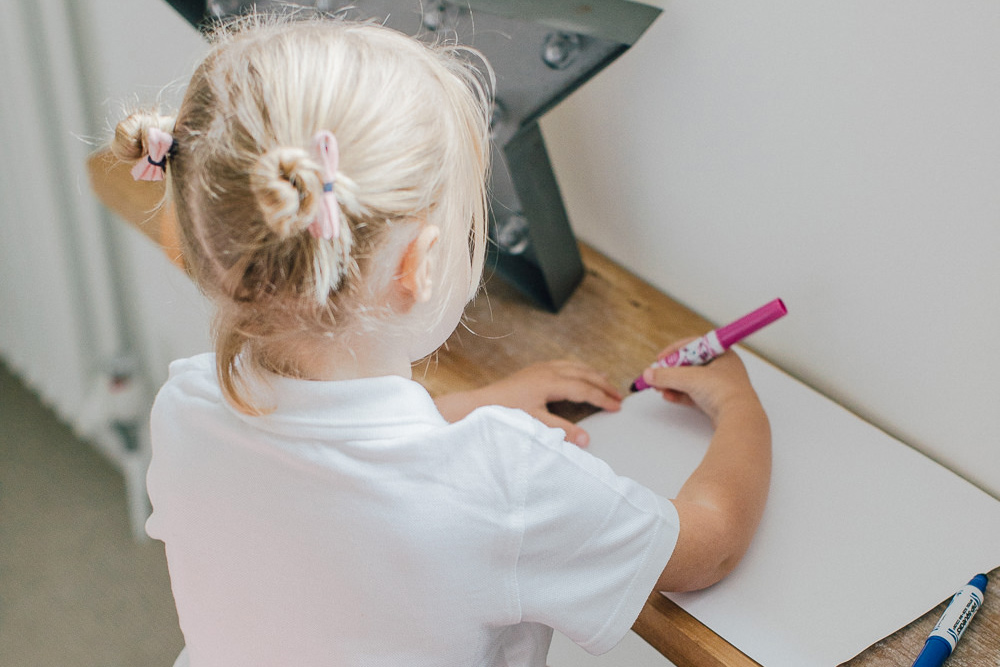
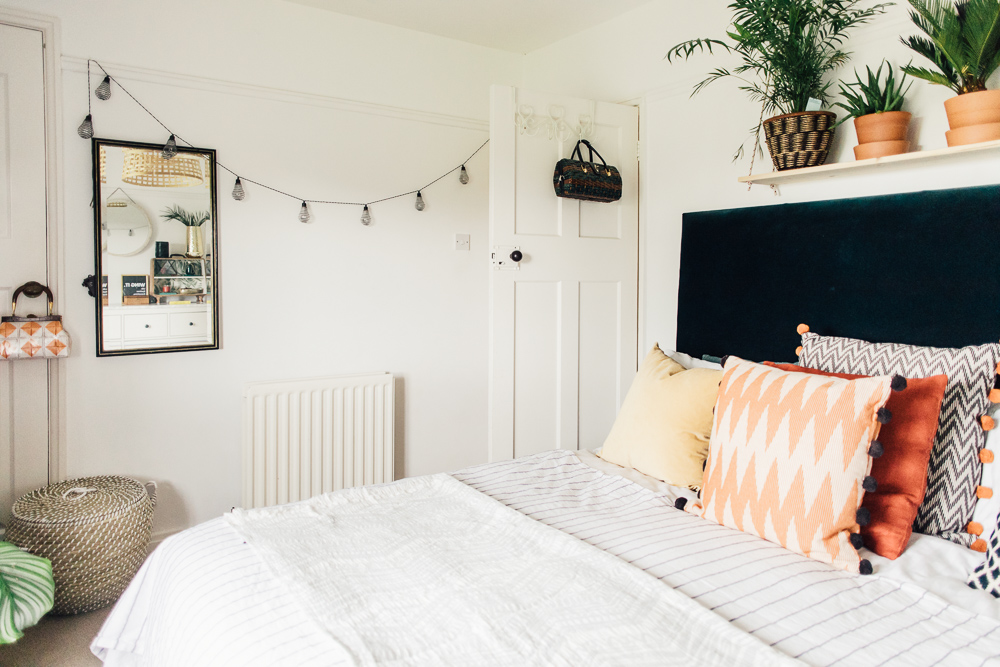


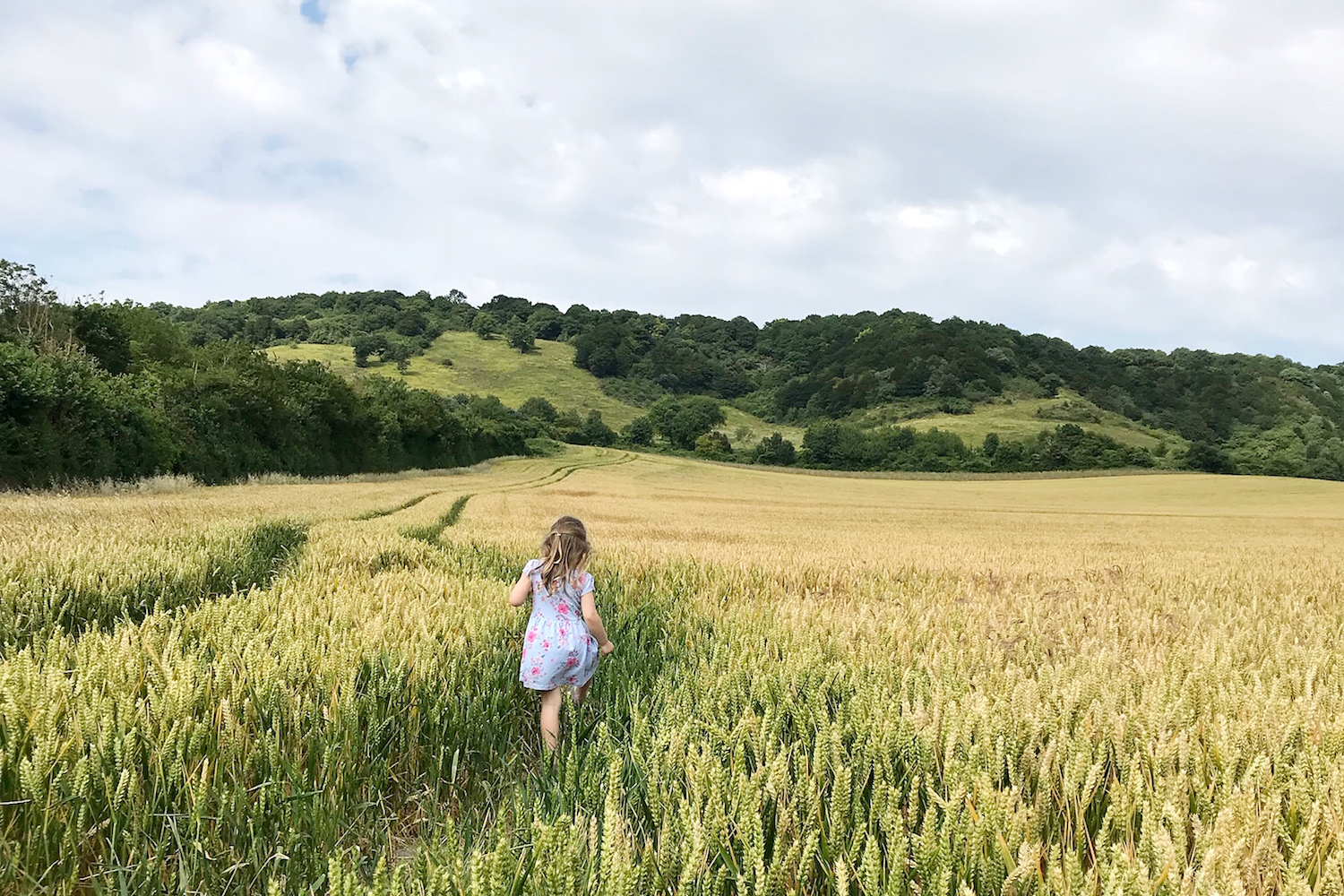
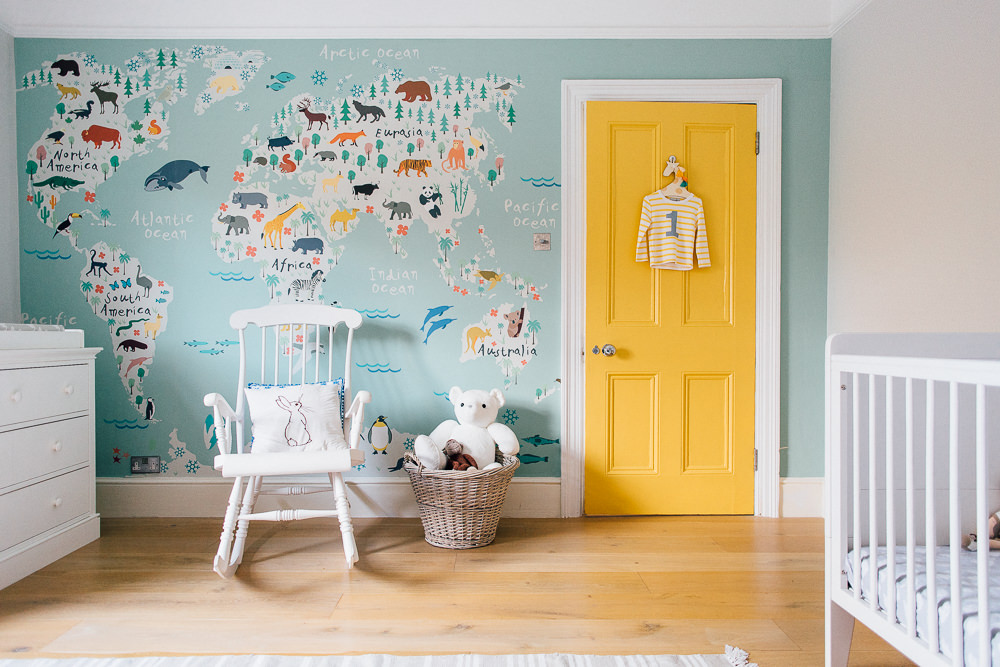
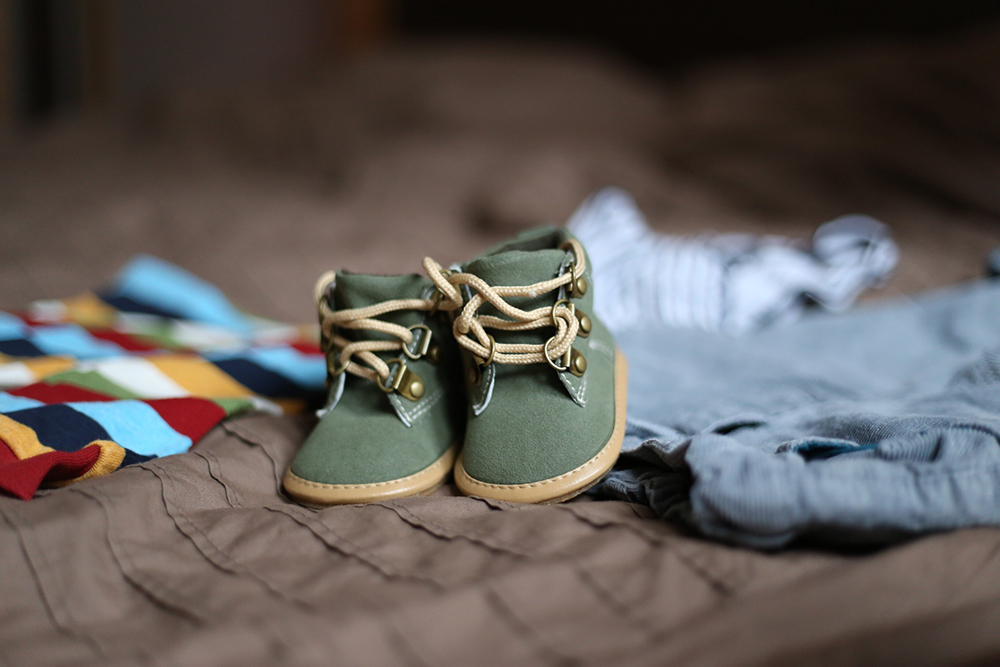
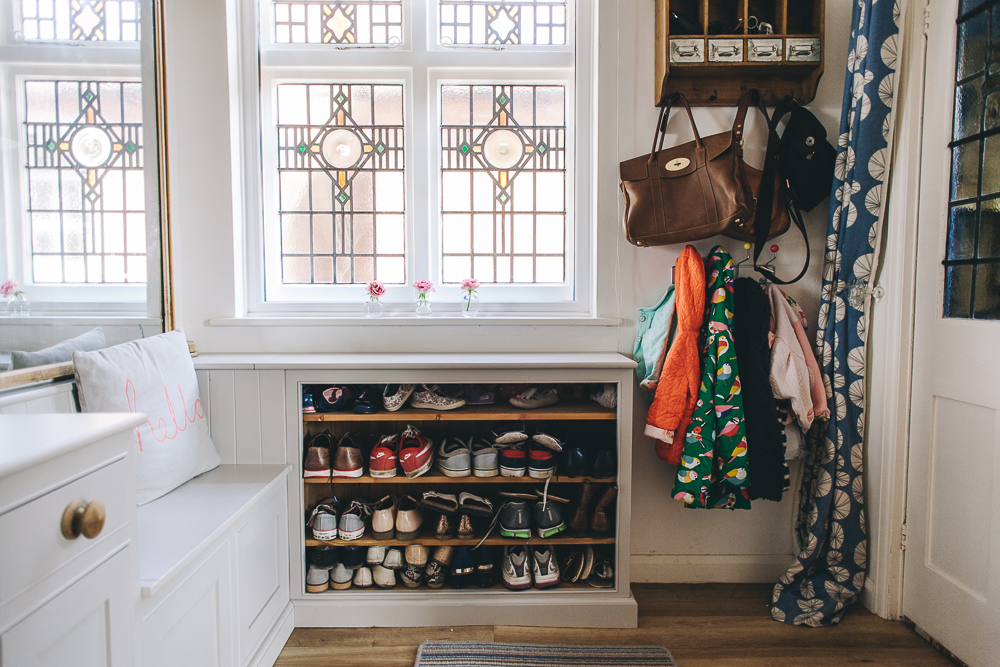
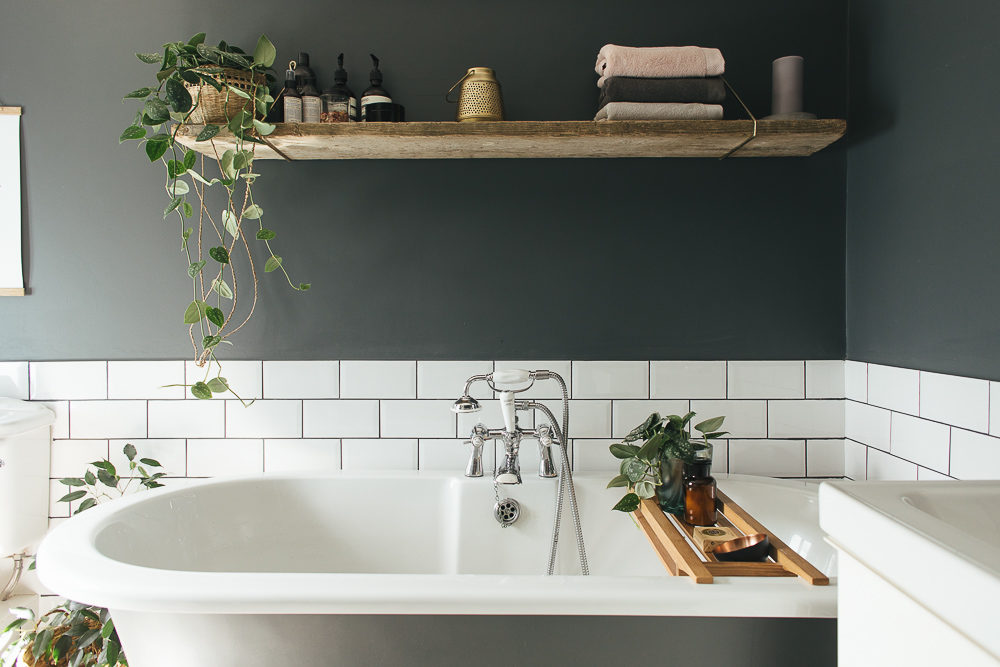

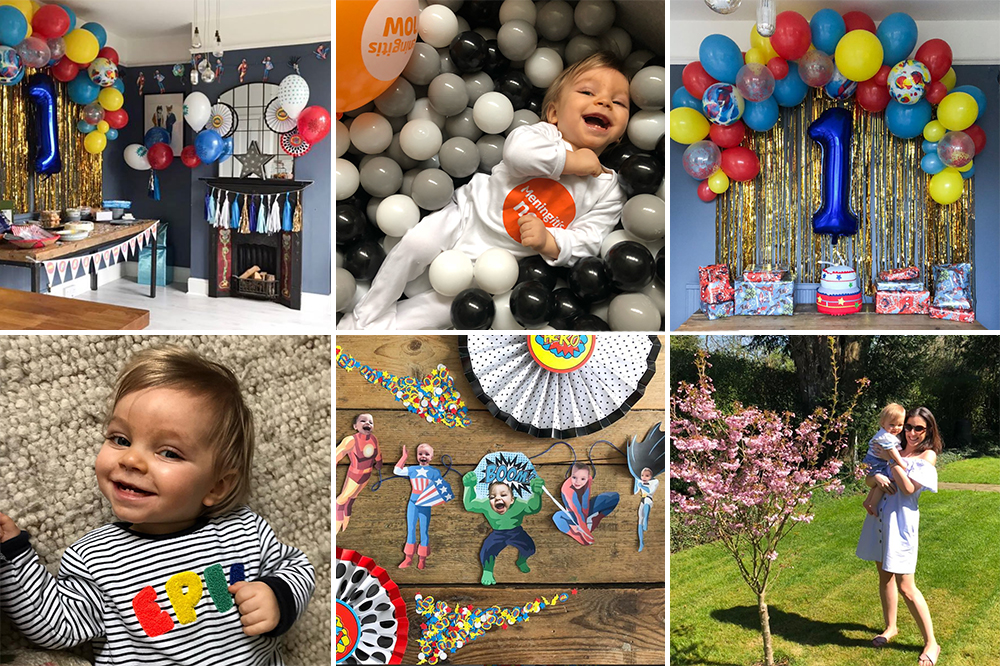
This post is so full of things I could (should) be doing that I feel like I need to sit down with a pen and paper and write them all down!! What a great resource. Thanks Rachel!
If it makes you feel better, my big two are currently having a Netflix marathon on the sofa while the baby one whacks them with things!! 😂 sleep deprivation is too high for meaningful parenting today!! Thanks for that lovely feedback x
Love this! My son is four and will start primary school in September so I will be referring back to this a lot over the coming months. Great tips x
Thanks for your lovely comments. My middle daughter starts in September too, I worried so much when my older son started but I think Esme was born ready for school!! Good luck x
Really useful post. My wee boy is nearly three and loves “reading” his books. I love listening to him where he remembers the story, or if it’s not one we’ve read before (e.g from the library) I love the story he makes up! I have been doing drawing with him and encourage him to sign his name (a squiggle) on cards for friends and family birthdays, but the writing tips are really useful to start teaching him proper letters. Great fun tips to try, thank you!
Thanks. Having fun is key! My big two will do nothing if it feels too formal or dull! X
Excellent post. Bookmarked for future use. Thank you.
Glad it was helpful xxx
Great post, so excited to watch my little ones start to grow in their letters and numbers. The first of my close friends kids started school in September and it’s amazing watching how quick they pick things up. Also lovely to see how their school really engages the parents on getting involved with helping their kids, lots of parent workshops and resources etc.
Foundation stage teachers have magical powers!!! My reluctant little learner went through reception last year and just soaked up the most amazing amount of knowledge and understanding! Parent workshops are so important- I think some schools are reluctant because they don’t want to appear to be stating the obvious but finding out exactly how the school teaches things like phonics for example is so beneficial in terms of supporting that learning at home. X
This is so helpful! I also have the mum guilt as probably not doing this sort of thing enough and not making it fun and creative. Although one of the things S chose for her “things I love about Mummy” card she did at preschool was “we write together” so some kind of impression is being made.
Really love the more creative ideas- we made biscuit dough letters yesterday- wrote her name and then did some random ones. She turns off and starts messing about if you do too much “what letter is that” when reading so really good to have some more enjoyable ideas and so reassuring to know it doesn’t matter if they are just squiggling. She’s 3 on Sunday and loved “writing” party invitations but I wasn’t sure if I should be getting her to trace letters or just let her loose! We did a bit of both in the end.
Rachel you’re a star thank you.
Thank-you! Be kind to yourself!! Sounds like you are doing an amazing job- no mummy guilt requires!! My big two have completely different personalities when it comes to writing- my biggest George is all about being outside and active so is not a huge fan of sitting and writing but we’ve found ways to compromise! My middle one Esme is 4 and starts school in September and will quite happily just sit and copy letters or draw with me. Squiggling and understanding what writing is is a great place to be at only just 3 xxx
Great post Rachel, I’ll definitely be referring back to this for ideas. And I’ll have to look out for the lining paper next time I’m in B&Q!
My kids love B and Q! Almost as much as decathalon and Ikea!!! 😂